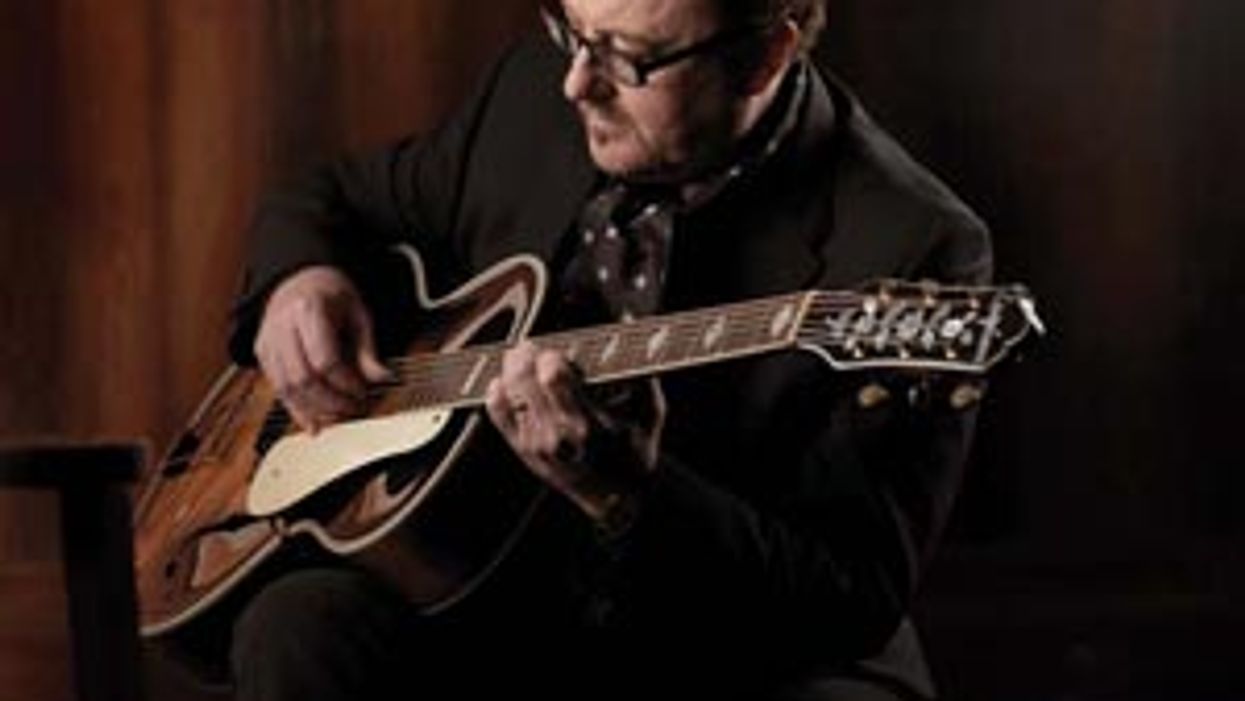Search
Latest Stories
Start your day right!
Get latest updates and insights delivered to your inbox.
bassist-self-taught-taylor-jazz-soloist-award-winning-six-string-duet-recordings-interview-cd-mics
Don’t Miss Out
Get the latest updates and insights delivered to your inbox.
Recent
load more
